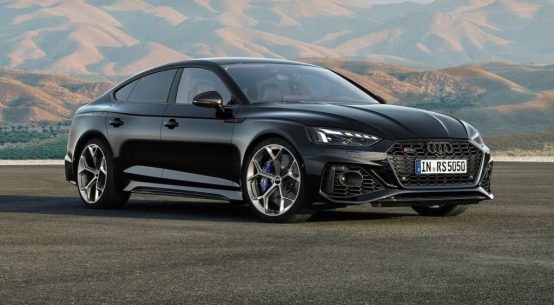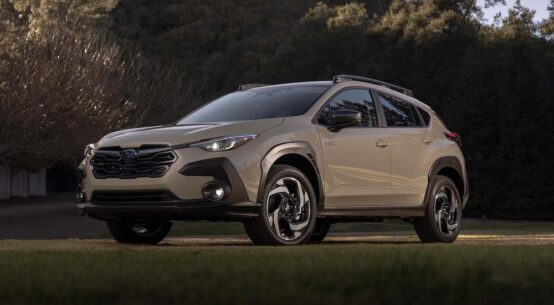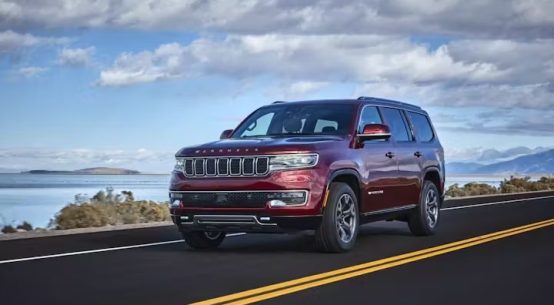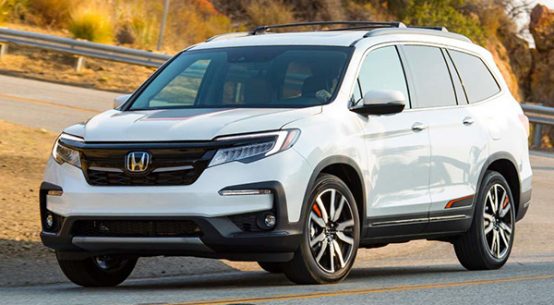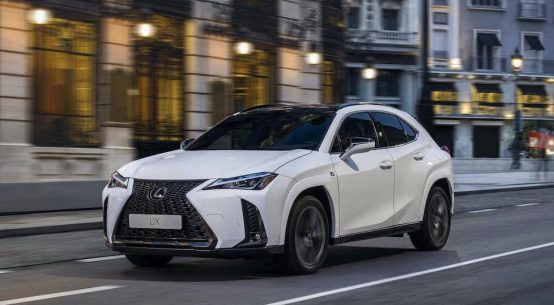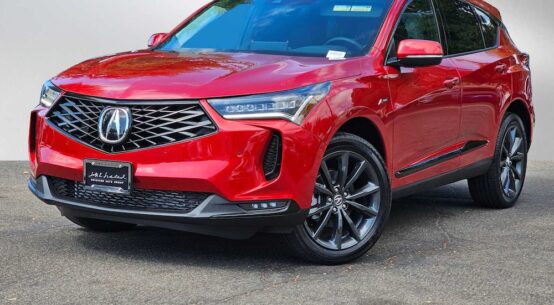
Are you looking to buy a new car in 2024 *below* the invoice price? Yes, you heard that right—below the price the dealership actually pays the manufacturer. It may sound impossible, but today, I’m going to break down how you can walk away with that deal and save yourself thousands on your next car purchase.
### What is Dealer Invoice?
First things first, let’s define what “invoice price” actually means. The dealer invoice price is what a dealership pays to the manufacturer for a car, which is typically lower than the MSRP (Manufacturer’s Suggested Retail Price). While dealers mark cars up to the MSRP, there’s usually about a 10-15% buffer between the invoice and MSRP, giving them room to negotiate.
**But here’s the thing:** You can leverage that knowledge and buy the car for even less than the invoice price. Let’s get into how you can make that happen!
### Step 1: Do Your Homework
**Research is king.** One of the best things about car shopping today is that invoice prices are no secret. They’re the same at every dealership, and you can easily find this information online through sources like **CarsDirect**, **Kelley Blue Book**, or **Edmunds**.
Knowing the invoice price is your baseline. You don’t want to start negotiations from the MSRP; instead, target the invoice price or below. By understanding what the dealership paid, you’re armed with info that can be used to push for a lower price.
### Step 2: Understand Dealer Holdback
Next up, let’s talk about the dealer’s **holdback**. Holdback is essentially money the manufacturer pays the dealership after the car is sold, usually 2-3% of the car’s MSRP. This payment helps dealers offset their overhead costs.
Here’s why it matters to you: if you know about holdback, you can push the dealer to dip into that money during negotiations. The dealership may be more willing to sell the car below invoice price because they’ll still make a little profit through the holdback—**win-win** for you and them!
### Step 3: Customize Your Options
When you’re configuring your new car, it’s tempting to go for all the bells and whistles, but here’s a tip: **stick to the essentials.**
Every extra option—whether it’s a premium sound system, heated seats, or a sunroof—adds to the overall price. So, before you even walk into a dealership, **price out only the options you truly need**. This way, you can keep the car within your budget and possibly below invoice.
### Step 4: Set a Target Price
Once you know the invoice price and the options you want, it’s time to set your **target price**. A good rule of thumb is to aim for just above or slightly below the invoice price. This gives you a realistic starting point for negotiations.
### Step 5: Run the Numbers
Here’s where it gets fun: **run the numbers** to figure out how much of a profit the dealer is making on the deal. You already know the invoice price, but don’t forget to include other factors like **destination fees, holdback, and rebates** that might apply to the car. Subtract these from the MSRP to get a clearer idea of the actual dealer cost.
This formula can help:
**Dealer Invoice + Destination Fee – Holdback – Rebates = True Dealer Cost**
Armed with that number, you’ll know how far you can push during negotiations.
### Step 6: Let the Dealer Know You Know
When you walk into that dealership, make sure you bring your research with you. Whether it’s a printout from Kelley Blue Book or a saved quote from CarsDirect, having this info shows the dealer that you’ve done your homework.
### Step 7: Bring a Competitor’s Ad
Dealerships *hate* to lose sales over a few hundred dollars. If you find a lower price elsewhere, bring it with you! Many dealers offer price-match guarantees and will be more than willing to cut a deal to close the sale.
### Step 8: Negotiate Like a Pro
Now, **negotiation** is where it all comes together. Start by offering a price **below invoice**—yes, you heard that right. Why? Because you know the dealer still makes money through incentives and holdback. If you start low, you give yourself room to move up, but always aim to stay below the invoice price.
### Step 9: Timing is Everything
Dealerships have **monthly, quarterly, and yearly sales goals**. That means the best time to negotiate for a deal below invoice is at the end of the month or quarter, when they’re desperate to hit those targets. If they need to sell a few more cars to unlock bonuses, you’ll have more leverage to secure a deal below the invoice price.
### Step 10: Ask for Dealer Cash
Some cars aren’t selling as fast as others, and that’s where **dealer cash** comes in. Dealer cash is an incentive the manufacturer gives to the dealership, but it’s not always advertised to the buyer. **Ask if any dealer cash is available.** If there is, use it to push the price even lower.
### Bonus Tip: Request Multiple Quotes
Lastly, don’t settle for the first dealership you talk to. **Get multiple quotes**—from different dealerships, from fleet managers, from internet sales teams. Many dealers will compete for your business and may offer special fleet rates or internet discounts. This can sometimes be as much as **$1,000–$2,000 below invoice**!
### Final Thoughts
So there you have it! Getting a car below invoice price in 2024 is totally possible if you come prepared. **Do your research, understand dealer holdbacks, and negotiate hard.** With the right strategies, you can drive away with a killer deal, even in today’s market.
